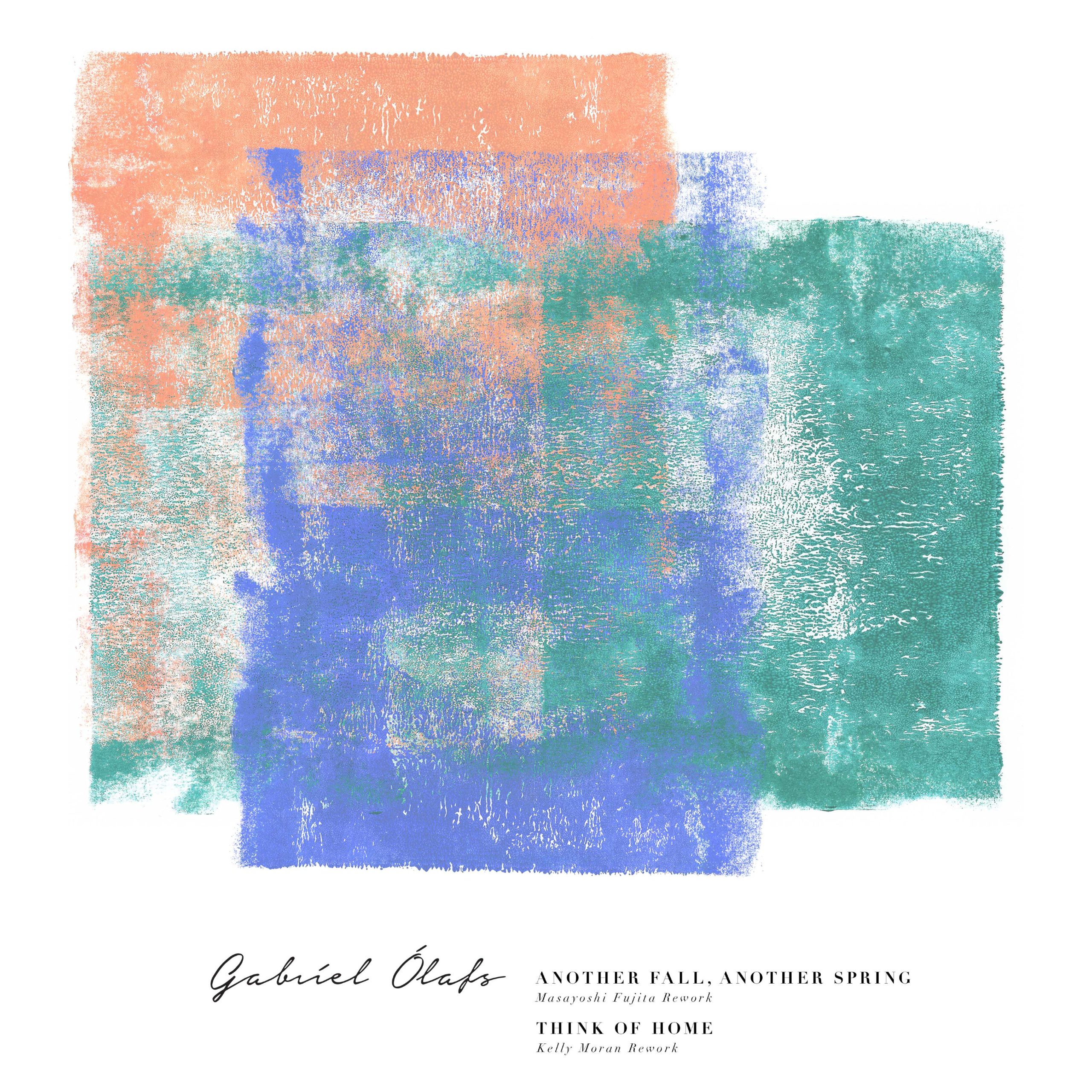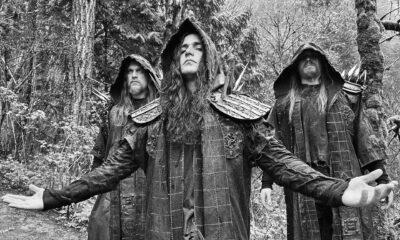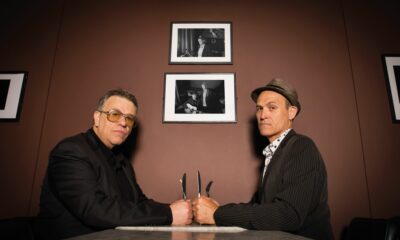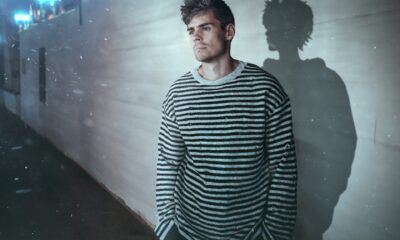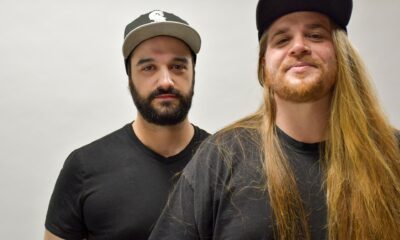Classical
Gabríel Ólafs Breaks Down Each Track on His Beautiful New Album, ‘Absent Minded Reworks’
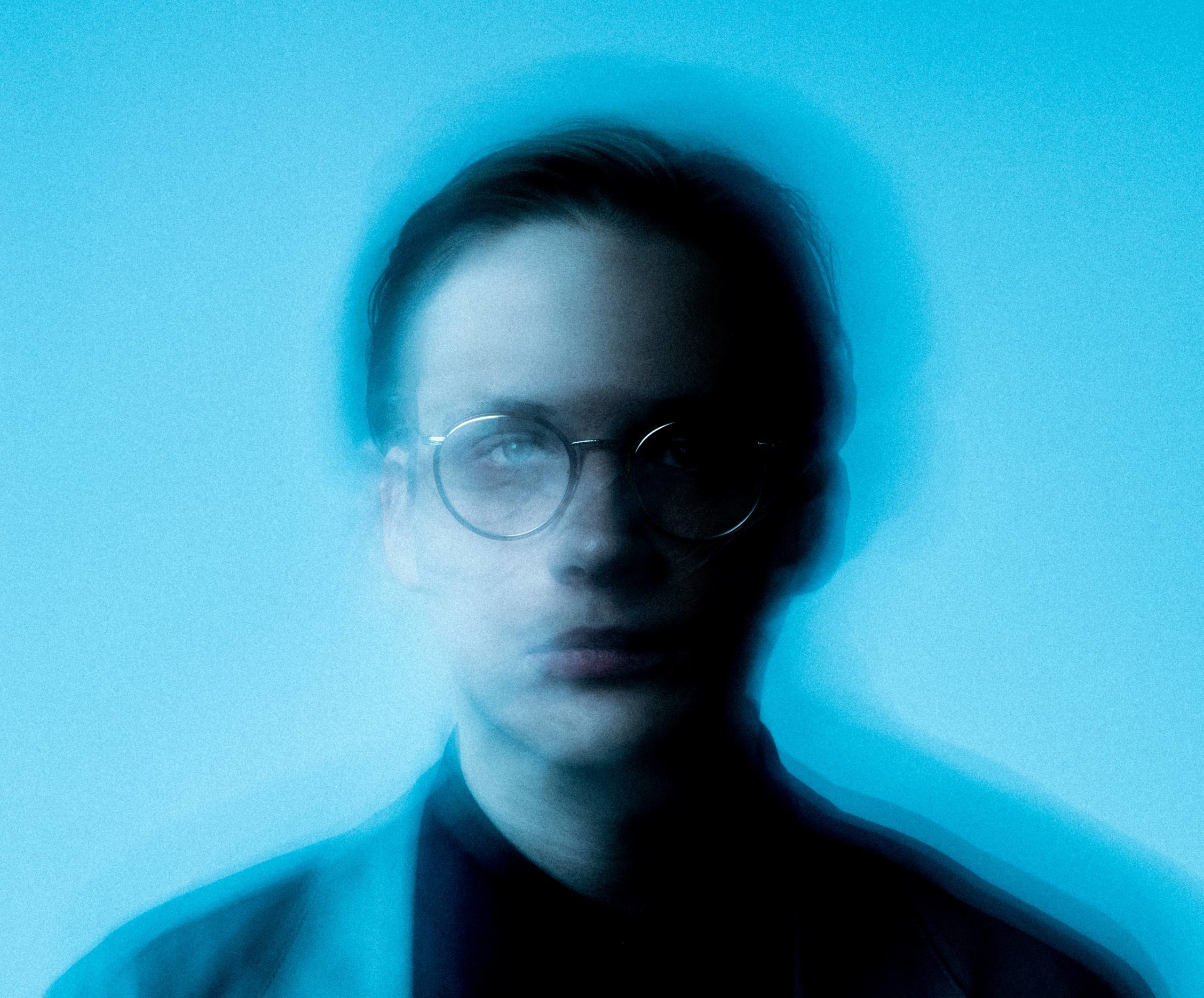
Gabríel Ólafs is a man with an abundance of musical talent. The Icelandic composer has returned this month with the release of Absent Minded Reworks, a collection of reworked songs from his debut album. Released via One Little Independent Records, these are drastically different takes on what you heard on the original Absent Minded album. The songs build on the ambient melodies of the originals with layers of keys, synths, and superb production, provided by some of the genres most regarded composers.
Absent Minded Reworks features several guest appearances, including Niklas Paschburg, Hugar, Masayoshi Fujita, and Kelly Moran who all helped in revamping these songs into something completely different, fresh, and original. This was an exciting project for Ólafs to pursue, with the album featuring many of the artists he loves and admires, as well as many of the colleagues he has met from his home country of Iceland, including Hugar, Kippi Kaninus, and Skúli Sverrisson.
The release of Absent Minded Reworks comes at a time when Ólafs is ready to turn the page in his musical career. But before he does, he has made sure to emphasize how special this era has been with this new collection. As he transitions towards working on new material, we are fortunate enough to be joined by Ólafs for a track-by-track rundown of the background and creative process behind each song on Absent Minded Reworks.
1. “Think of Home” (Kelly Moran Rework)
“This is a piece I composed for my debut when I was in high school and was sort of trying to capture the feeling of home but I didn’t necessarily have the production skills to make it how I wanted it to be in my head. I wanted a powerful calmness but also noticeable bells and ringing sounds. When American composer Kelly Moran, an artist I admire and look up to, did this rework I felt it truly came alive, she brought the slide guitar, Rhodes bells and strings I had recorded to the front and layered it with sub-bass and a new and improved chord progression. On top she recorded a beautiful rhythmic synth sequence, giving a rich and varied sonic texture to the outcome.”
2. “Bára” (Hugar Rework)
“‘Bára’ was reworked by ambient post-rock duo Hugar, who are my close friends from Iceland. I sent my friend and collaborator Bergur, who is one half of the duo and probably the best trombonist in Iceland, the string and piano arrangement of the piece and he recorded all of the voices using only brass; from flugelhorn to trombones of varying sizes. Afterwards they mixed it into a stunning and contemplative soundscape that I frankly would love to live in.”
3. “Another Fall, Another Spring” (Masayoshi Fujita Rework)
“This was a piano piece from my debut LP. On this record it’s performed by the absolutely brilliant percussionist/composer Masayoshi Fujita who did his own arrangement. He uses the vibraphone to perform the main chords and layers it with a bowed vibraphone and a glockenspiel melody on top. He made the already minimalist piece even more minimalist which I think suits it very nicely.”
4. “Lóa” (Niklas Paschburg Rework)
“‘Lóa’ is a piece that I named after my friend who plays marimba on the track, but it’s also the name of my favourite bird which is the European Golden Plover. For this track, it was reworked by German producer Niklas Paschburg who is one of the very few artists that successfully marries electronica, techno and classical instrumental. He uses the marimba and builds an epic danceable rhythm with euphoric synths.”
5. “Filma” (Kippi Kaninus Rework)
“‘Filma’ is one of the first pieces I wrote for piano and string quartet. It’s very precious to me and was inspired by the works of Ennio Morricone. It was reworked by my uncle Kippi Kaninus (Guðmundur Vignir Karlsson) who is a brilliant sound-artist and member of the band amiina. He is one of my favourite musicians. He gives the track a completely different sonic rhythmic feel, giving it electronic beauty while enhancing the cinematic inspiration of the original.”
6. “Bára” (Skúli Sverrisson Rework)
“Here’s another one of my favourite musicians reworking my piece: bassist and composer Skúli Sverrisson who has worked with Jóhann Jóhannsson, Ryuichi Sakamoto, and Lou Reed. He is one of the biggest legends in the Icelandic music scene and a role model to many young composers, myself included. He did a beautiful rework featuring his iconic dobro guitar layers (as featured on his ‘Sería’ work) and bass swells (as heard on Jóhann Jóhannsson’s Mandy soundtrack) and takes the piece to a completely different level of beauty with subtle intensity. If you listen closely you can hear someone’s breathing. I’m not sure if it’s his own or his frequent collaborator’s/wife’s Ólöf Arnalds.”
7. “Lóa” (Bing & Ruth Rework)
“This is the piece ‘Lóa’ again, this time reworked by minimalist/ambient group Bing & Ruth fronted by American producer David Moore. This is an artist I listen to constantly and absolutely love his/their work. He decided to remove the marimba of the original and turn it into an almost Reichian meditation. He is in my opinion one of the best acoustic-electronic producers in the world today as he’s able to turn acoustic sources into stunning soundscapes and effectively blurs the boundaries between the two which requires true artistic skill.”
8. “Filma – for harp” (feat. Katie Buckley)
“This is my own arrangement of my piece for the harp and all sounds come only from the harp. It came to be because of my obsession with the harp as an instrument and also with my obsession of Katie Buckley, the harpist that plays the piece. I heard it of her because she’s Björk’s harpist and I thought she did a fantastic job. She plays my arrangement but also added her own textural methods to the piece by bowing strings, using an e-bow and the melody on top by doing these mind-blowing overtones which she produces by striking the strings in a certain way (they almost sound like tuned percussion in the track).”
9. “Cyclist Waltz – for accordion” (feat. Ásta Soffía)
“Another rearrangement I made myself of my piece called ‘Cyclist Waltz.’ Someone told me the piece sounded a bit like French-style music (Yann Tiersen etc.) so I was curious to take it even further and have it played on the accordion. I contacted a brilliant hidden gem of a player which is Ásta Soffía; she’s a young Icelandic accordion master and was a joy to work with. While recording we decided to be a little aggressive and quirky. She added the dynamics herself and rearranged some things in collaboration with me.”
10. “Droplets” (variation)
“‘Droplets (variation)’ is a recorded live performance in Iceland’s Nordic House featuring two of my favourite players: Ragnheiður Ingunn Jóhannsdóttir on violin (who has played pretty much every violin part I’ve recorded) and the aforementioned Katie Buckley on harp. The Nordic House is a venue I discovered when I played there during Iceland Airwaves in 2019 and I just loved the room, the vibe and the Steinway grand so I wanted to do another live performance there. It was recorded by my friend Bergur and also features a video by Blair Alexander which is on YouTube.”
11. “Staircase Sonata” (variation)
“‘Staircase Sonata (variation)’ is a different take on my most popular piece (streaming wise). The piece itself was originally born when my studio flooded in Reykjavík and all of my instruments and microphones went for a swim which was a traumatizing experience. The fire department came and rescued my upright piano and moved it into the stairwell. Turns out stairwells have nice reverb and that’s where I was inspired to compose the piece. Afterwards I went and recorded in Sigur Rós’ studio Sundlaugin (which funnily enough translates to ‘The Swimming Pool’). This variation of the piece is performed by guitarist/composer friend Brynjar Daðason and violinist Sólrún Ylfa Ingimarsdóttir and I wanted to create a slow-moving droning world like if you took the Sonata and moved into floating space. I also reverse-processed and chopped up bits and noises from the original piece using a Space Echo unit.”
-

 Alternative/Rock6 days ago
Alternative/Rock6 days agoThe Warning Shake the Foundations of a Sold-Out Leeds Stylus [Photos]
-

 Music2 weeks ago
Music2 weeks agoTake That (w/ Olly Murs) Kick Off Four-Night Leeds Stint with Hit-Laden Spectacular [Photos]
-

 Alternative/Rock6 days ago
Alternative/Rock6 days agoThe V13 Fix #011 w/ Microwave, Full Of Hell, Cold Years and more
-

 Alternative/Rock2 weeks ago
Alternative/Rock2 weeks agoThe V13 Fix #010 w/ High on Fire, NOFX, My Dying Bride and more
-

 Features2 weeks ago
Features2 weeks agoTour Diary: Gen & The Degenerates Party Their Way Across America
-

 Indie6 days ago
Indie6 days agoDeadset Premiere Music Video for Addiction-Inspired “Heavy Eyes” Single
-
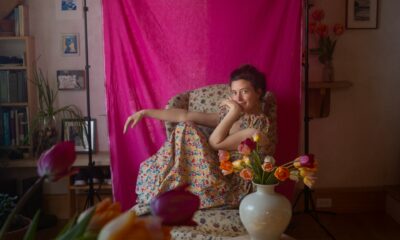
 Folk6 days ago
Folk6 days agoKatherine Perkins Strikes the Right Tone with Her “Hold On” Music Video Premiere
-

 Country1 week ago
Country1 week agoBrooke Ashton Chats About Her “Someone” Single, Creative Process, and More!

